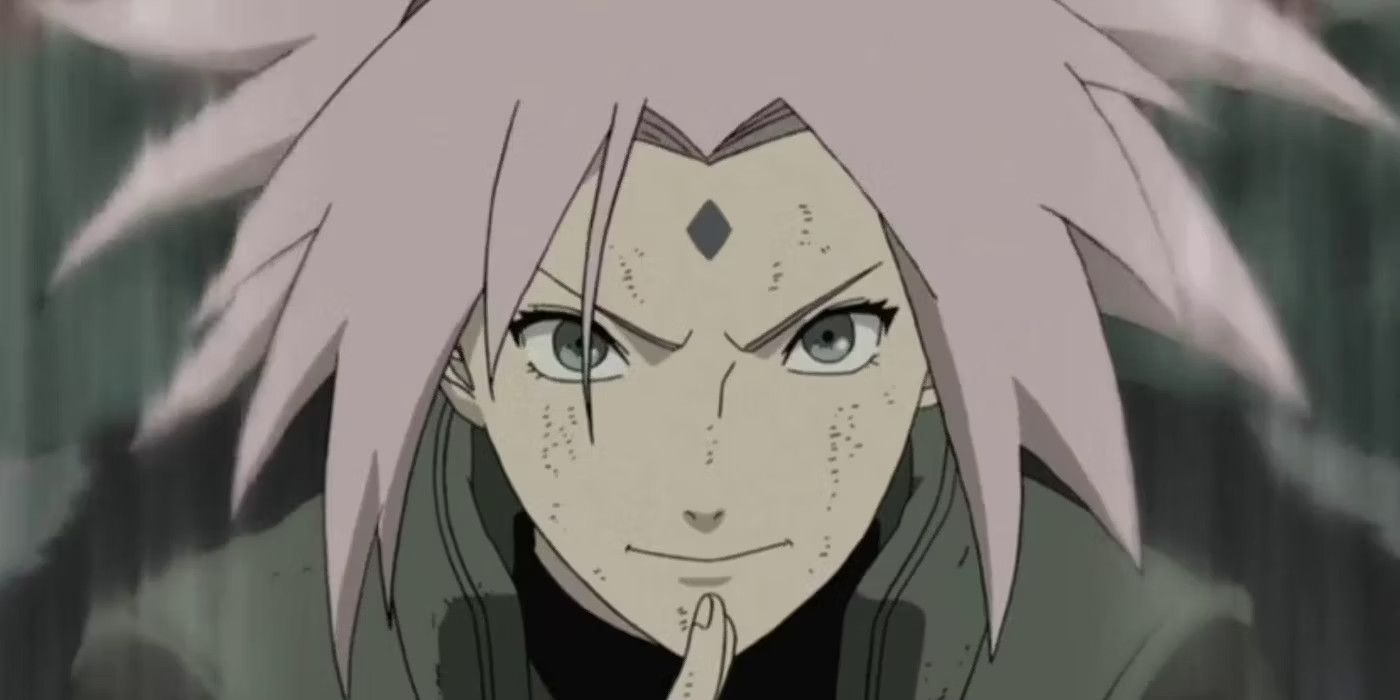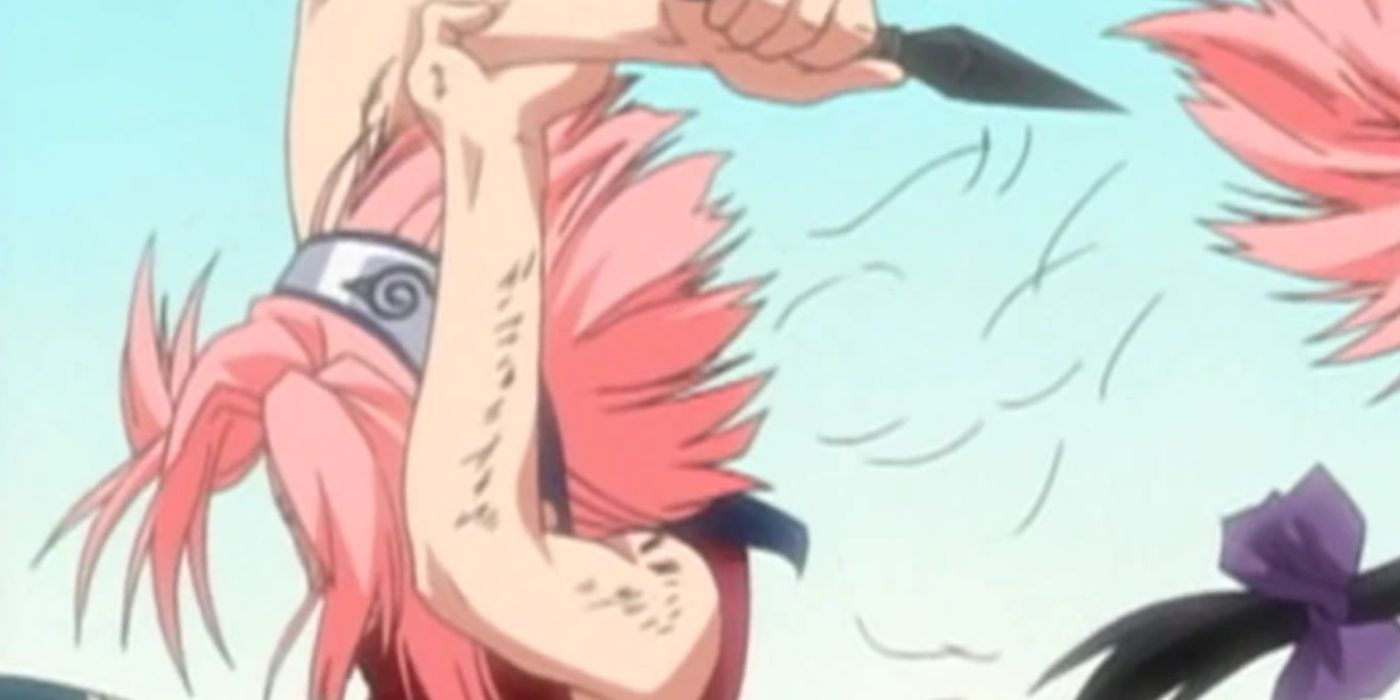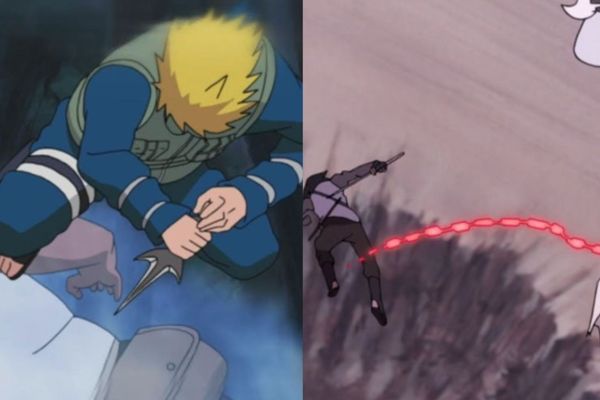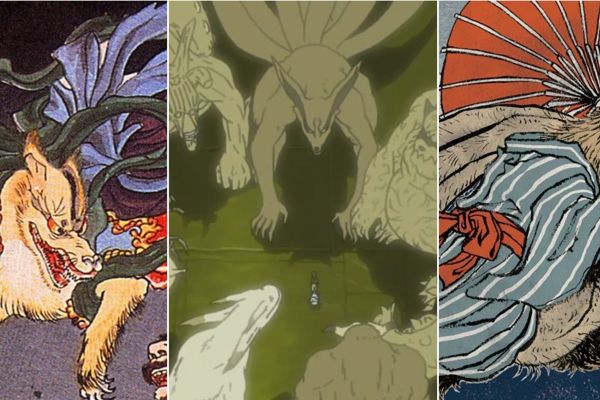
Sakura: Unmasking the Unspoken Depths of Naruto's Misunderstood Hero

Sakura, the underestimated hero of Naruto, possesses powers that defy expectations Her Strength of a Hundred Seal holds a hidden meaning while her hair becomes her liberation from Sasuke Discover the true essence of Sakura's strength
Despite the general criticism of Naruto for its treatment of female characters, Sakura defies expectations and emerges as a remarkable hero. Many fans misunderstand her, partly due to her infatuation with Sasuke despite his consistent rejection of her. Additionally, there is a lack of recognition for the true significance of Sakura's powers, as they go beyond mere techniques and serve as powerful metaphors that delve into her identity. In line with the best shonen series, Naruto effectively uses these metaphors to explore different facets of Sakura's character, ultimately showcasing her as an underrated and compelling individual.
Naruto skillfully deconstructs the unhealthy relationship between Sakura and Sasuke multiple times, using symbolic actions to highlight Sakura's growth as an emotionally independent woman. These actions challenge fans' assumptions and provide a deeper understanding of Sakura's journey towards self-acceptance. Furthermore, impactful metaphors are employed, particularly in her backstory, which connects an integral part of her character to one of her strongest powers. This technique reinforces the message of personal growth and acceptance more effectively than mere actions could achieve.
Sakura's Strength of a Hundred Seal Has a Hidden Meaning
Sakura's past distinguished her from other shinobi not only because it lacked the tragedy of her peers, but also because it heavily revolved around appearances, seemingly perpetuating gender stereotypes. However, the series delves deeper into this theme through symbolic exploration, revealing that Sakura's insecurity about her forehead, stemming from childhood bullying, played a significant role in shaping her character. Thus, it is understandable that when Ino embraced this aspect of Sakura, their friendship blossomed.
Interestingly, Sakura's journey of self-acceptance took a poetic turn. She dedicated herself to a grueling three-year training regimen to master a technique that not only utilized her forehead but also left a mark on that very spot. This technique, known as the Strength of a Hundred Seal, allowed Sakura to store chakra there, enabling her to perform jutsu without squandering her invaluable energy. These revelations were unveiled in Naruto chapter #632 by Masashi Kishimoto.
The Strength of a Hundred Seal allows Sakura to harness the power of a previously concealed part of her body, resulting in a significant enhancement of her abilities. The distinctive symbol that appears on her forehead upon mastering this technique becomes a proud emblem, symbolizing determination, strength, and triumph. Sakura no longer feels the need to conceal this aspect of herself, as it now represents something she is proud of and eager to display. Additionally, this accomplishment fulfills one of Sakura's early aspirations when she first formed a deep bond with Ino. While Sakura came to appreciate Ino's kindness and the role it played in her self-acceptance, she still desired to establish her own identity separate from her friend. Mastering the Strength of a Hundred Seal allows Sakura to embrace her true self in an empowering manner. However, the Seal is not the only symbol of self-acceptance for Sakura.
Sakura's Hair Liberates Her From Sasuke
Similar to Sakura's Strength of a Hundred Seal, her hair holds deeper meaning than just her appearance. In the beginning, Sakura's hairstyle actually symbolized the negative impact Sasuke had on her. Upon discovering Sasuke's preference for longer hair, Sakura altered her appearance to fit into his standards by letting her hair grow. She maintained this style for a significant period of time. However, in Naruto chapter #539, Sakura came to the realization that having shorter hair would enhance her abilities as a ninja. In a powerful and memorable moment, she courageously cut her hair to reflect her transformation.
This demonstrates her willingness to make sacrifices in order to improve herself and enhance her abilities. It is noteworthy that despite her intense preoccupation with Sasuke, she chose to make this decision even if it might make her less attractive to him. Sakura altered herself in a manner that later proved to be dangerous, but ultimately decided to prioritize her long-term well-being. Similar to the Strength of a Hundred Seal, Sakura cutting her hair can be interpreted as a commitment to staying true to herself. She resolved to no longer allow Sasuke to exert control over that aspect of her life, regardless of its seeming insignificance.
Naturally, it is easy to find subsequent events that support the argument that Sakura was still influenced by Sasuke to the detriment of her character and well-being. Arguably, the most evident example is her decision to marry him despite his continuous demonstration of being unworthy of her love. While Boruto has attempted to justify Sasuke's worthiness to Sakura, authentic character development does not occur in a linear fashion. Instead of viewing Sakura cutting her hair as the definitive end point, it is more accurate to see it as a small step towards independence. The significance lies in the fact that although it may seem trivial, the scene focuses precisely on this minor action. Much like her insecurity regarding her forehead in her childhood, Sakura could not immediately overcome the unhealthy aspects of her obsession with Sasuke. Nevertheless, cutting her hair as a means of becoming a better ninja represents a significant stride in the right direction.
Despite the occasional discomfort in Sakura and Sasuke's relationship, the version of Sakura who decided to marry him is vastly different from the girl who was infatuated with the school's heartthrob. Just as fans cannot criticize Sakura for being in love with someone who seemingly diminishes her, they should also refrain from dismissing her as a shallow character. Naruto has effectively conveyed through powerful symbolism that Sakura is a remarkably intriguing and misconstrued individual. Explore Naruto on Viz.com.















